Montessori classrooms are meticulously thought-out and well-prepared. There are many areas of the Montessori curriculum that are similar to that of traditional early learning, however, Montessori sets itself apart from other schools with its unique learning materials and methods, which are divided into 5 areas.
If you are wondering what the 5 curriculum areas of Montessori are, you have come to the right place.
In this article, you will learn the curriculum areas of a Montessori classroom, as well as the function of the materials in each area.

The 5 areas of the Montessori curriculum
Practical Life
Montessori's Practical Life lessons are some of the most intriguing for people unfamiliar with the Method.
Practical Life lessons can include anything from learning how to carefully pour water to tying ribbons.
Materials you will find on a Practical Life shelf in a Montessori classroom are child-size real-life items, with the exception of the Montessori Dressing Frames, which are an adaptation.
The reasoning behind Practical Life being included as a separate area of learning in Montessori is that these lessons help children develop the skills they need to develop socially, emotionally, and academically.
Skills encouraged through Practical Life work:
- fine motor
- gross motor
- social (children become able to help each other around the classroom)
- emotional (sense of pride and independence, inner peace)
- preparation for reading and writing
- following steps
- concentration
- creativity and imagination
The Montessori Practical Life Activities are:
- Grace and Courtesy Lessons
- Care of Self (activities such as putting one's own coat on)
- Care of Environment ( activities such as wiping a spill or plant care)
- Control of Movement (activities such as walking a line gracefully)
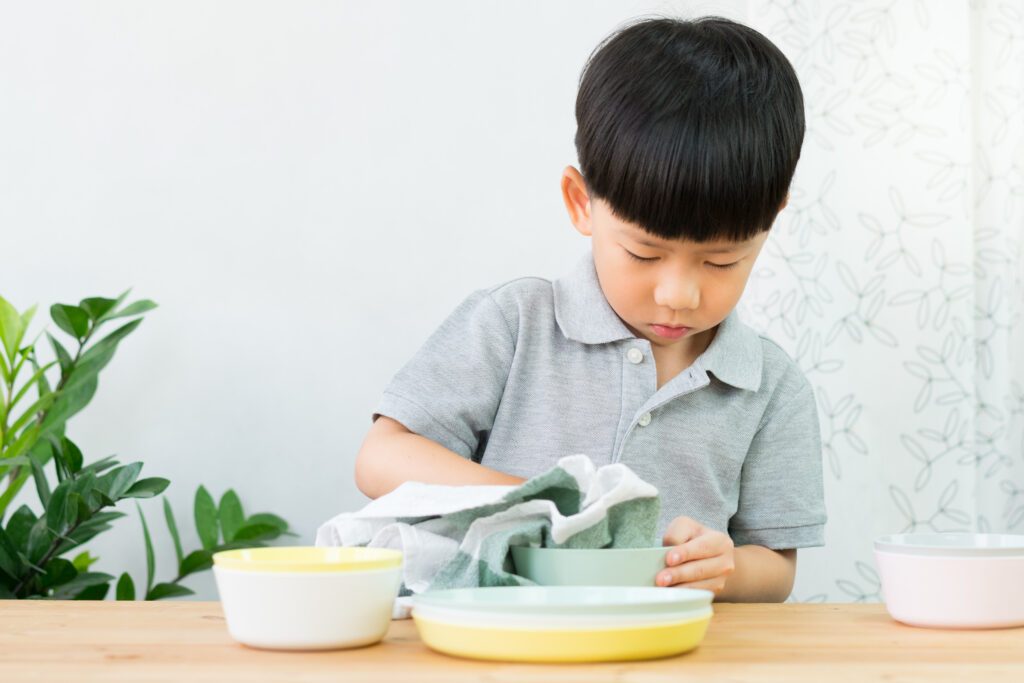
Sensorial
Sensorial lessons, unlike the other areas of the Montessori curriculum, are unique to Montessori.
Some of the sensorial materials were actually designed by Maria Montessori, herself, in fact.
Montessori Sensorial materials help children develop visual discrimination, fine motor skills, hand-eye coordination, and many other skills they will need throughout the curriculum, as well as their lives.
Some Montessori sensorial materials/activities are:
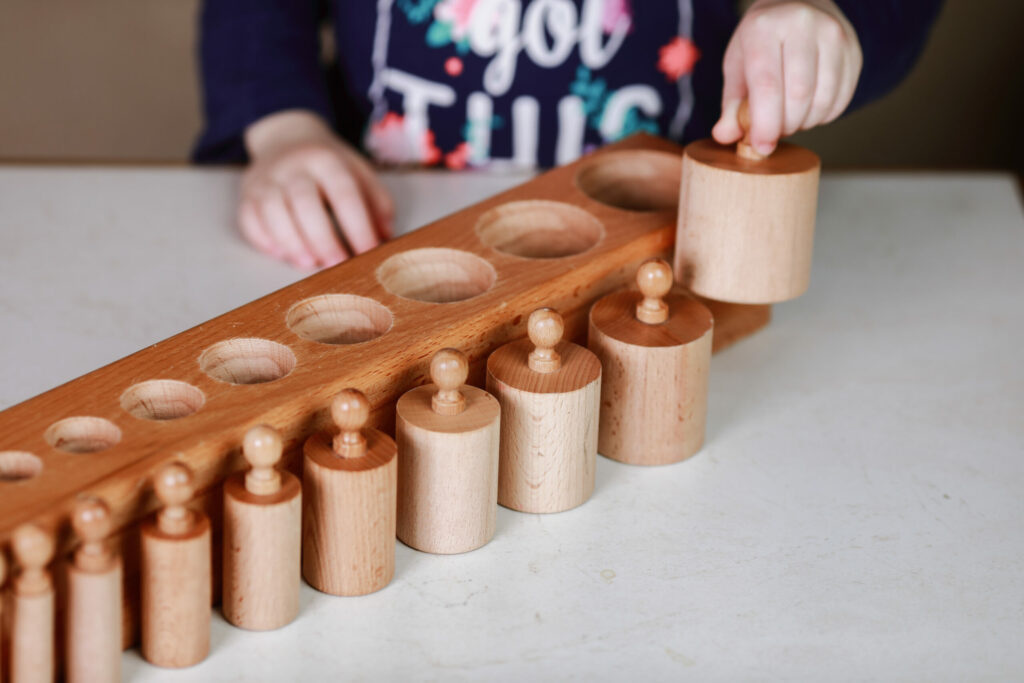
Language Arts
While most early childhood education programs include language arts as part of their curriculum, Montessori's language arts activities are a bit different.
Writing is introduced before reading, there is a heavy emphasis on phonetic learning, and all of the early language materials have a tactile element to them.
All Montessori activities are prepared in the order of left to right, as children will be writing and reading.
Some Montessori language arts materials/lessons are:
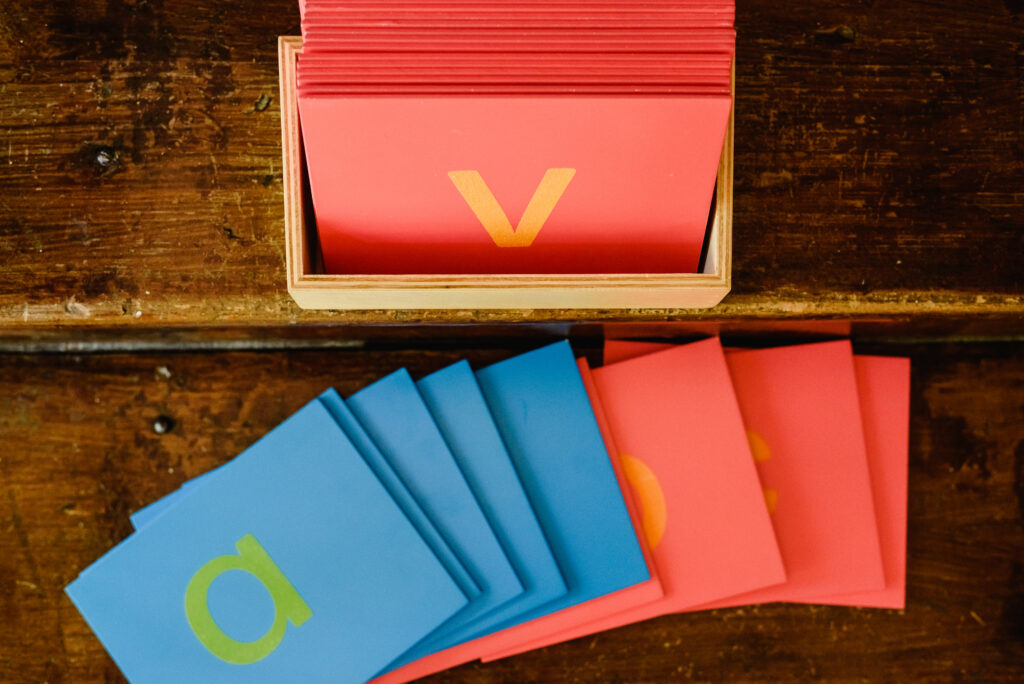
Math
In Montessori, math is taught in the order of concrete to abstract.
This means that early in the curriculum, children are introduced to tangible quantities, then, later on, they begin working with written numbers along with tangible quantities.
Eventually, children will have such a strong enjoyment and understanding of math concepts that they will move on to working with written numbers only.
Some math materials/lessons used in a Montessori classroom are:
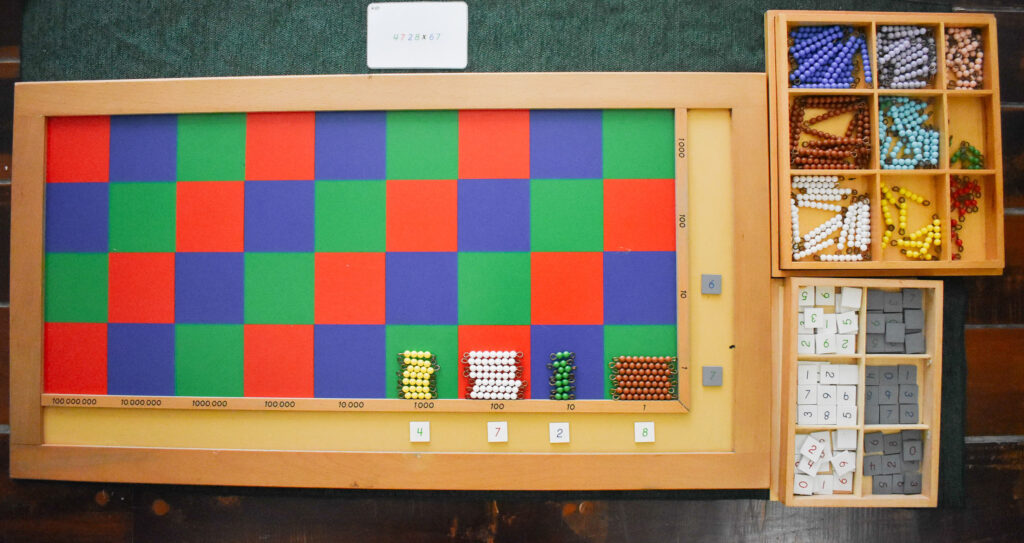
Science & Culture
Science and culture activities in Montessori, like all other activities, are introduced to children in a hands-on and age-appropriate fashion.
Children learn about the earth in the order of whole to parts.
This means that children are first introduced to the earth and its shape, land-water makeup, ect., then, through the years, work their way to learning about states, cities, and local cultures.
Science lessons are woven throughout the Montessori curriculum and individual presentations are introduced to children in group lessons, generally.
Some Montessori culture and science materials/lessons are:
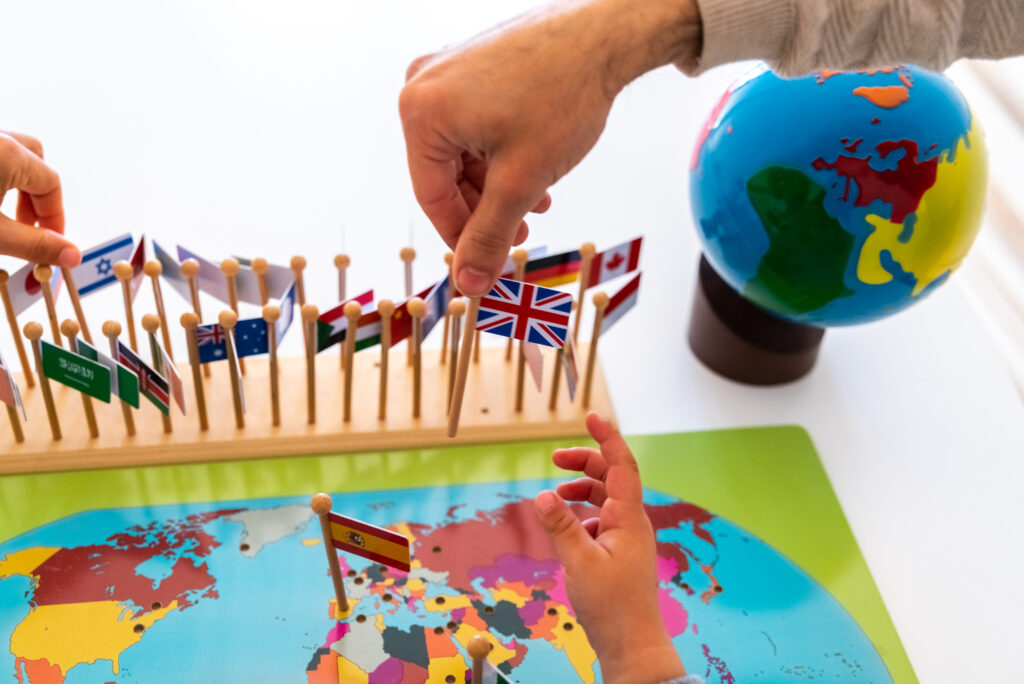
There you have it – the 5 areas of the Montessori curriculum.
This way of learning is so unique and fascinating!
Cheers and don't forget to subscribe!

What are the curriculums for homeschooling?